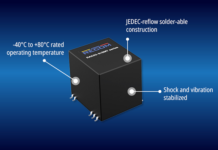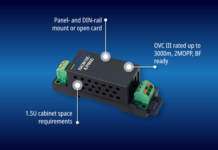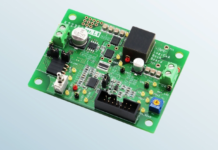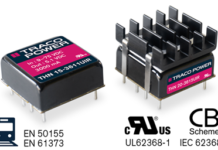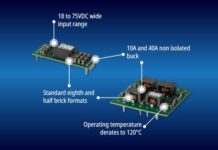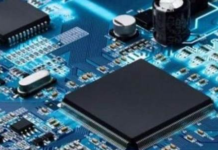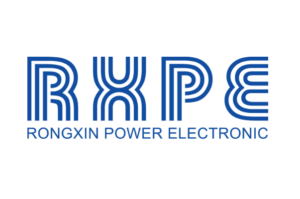
Regulating power transmission to ensure supply meets demand is a complex task, especially in rapidly urbanising populations where requirements can be unpredictable. Also, after the July 2012 grid collapse in India, the need for reactive power support for the transmission system was strongly recommended. Several analyses had been carried out in order to finalise the technology, size etc., which would be suitable to Indian grid conditions. In this process, a series of meetings and discussions with various manufacturers and utilities were undertaken in order to get the best insight of the technology.
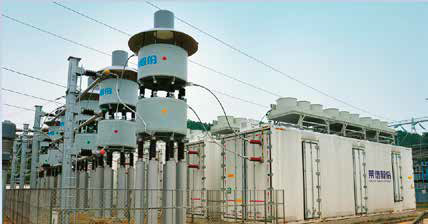

To further assist with the above, Powergrid Corporation of India Ltd (Powergrid) appointed a consultant of international repute in the field of HVDC, FACTS, power electronics, power systems and T&D. After detailed deliberation, STATCOM technology was proposed for dynamic compensation in view of its better reactive power controllability, at reduced voltage it can still inject maximum current, and there is no potential for creating a resonance point, smaller installation space requirement, and higher availability due to modular design.
Step–less reactive compensator –STATCOM
Static Synchronous Compensator (STATCOM) has earned its name as it does not have any rotating or moving parts, and yet offers a fast and step-less reactive compensation. It is based on voltage source converter (VSC) technology, which uses low-voltage cells in series to realise a high voltage output. By controlling the output voltage to be either higher or lower, STATCOM will draw a capacitive or inductive current from the system. Also unlike a constant impedance device like a capacitor or inductor whose output current will decrease with voltage, STATCOM can continue to generate its maximum output current even at low system voltages as it is not dependent on passive reactive components. The main advantages and features of the next generation STATCOM technology include wider operating voltage range, quicker response time and stronger mitigation ability for voltage fluctuation, smaller footprint, eliminating the need for expensive filters, modular solution, and many more.
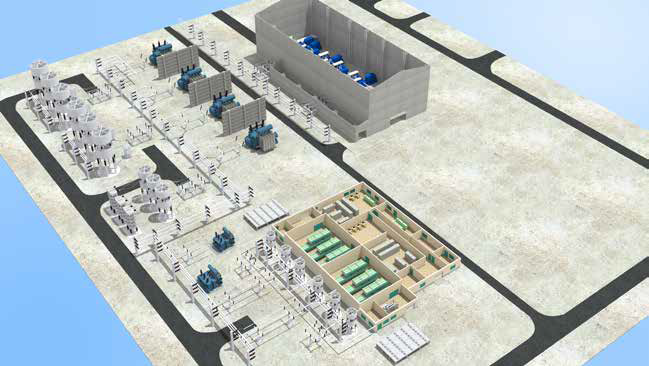
Powergrid is in the process of installing hybrid solutions of STATCOM along with mechanically switched capacitors and reactors at 13 substations across India. Among these, execution for Western, Eastern and Northern regions are already in progress. Under the ‘Make in India’ programme, RXPE’s STATCOM, assembly and test unit has been set up at Dankuni, West Bengal to deliver the ±300/±200 MVAR STATCOMs to be installed at Powergrid’s 400kV Satna and Nalagarh substations respectively.
 Conclusion
Conclusion
Electricity grid upgrades, including construction of new transmission lines, cannot keep pace with the growing power plant capacity and energy demand. Thus it is necessary to rely on optimum utilisation o existing transmission and distribution infrastructure by improving the transient and steady state stability which can be achieved with the help of reactive power compensation. As both utilities and consumers become more aware of standards to be maintained and appropriate mitigation techniques, dynamic reactive power compensation using STATCOM will play an increasingly important role in the years to come.
By: Lalit Tejwani, Managing Director, RXPE



